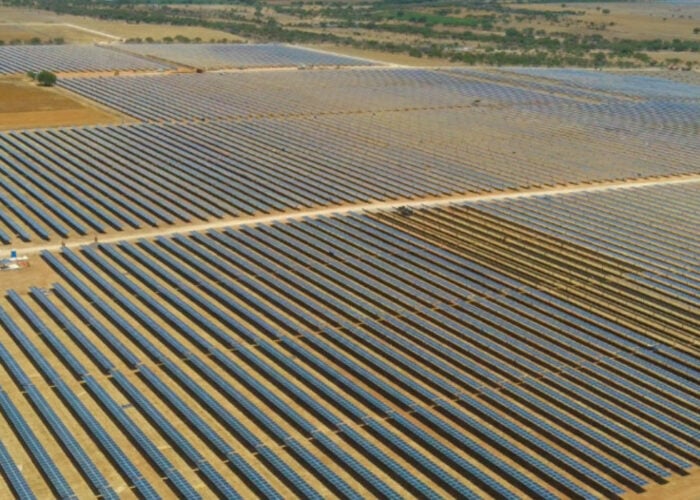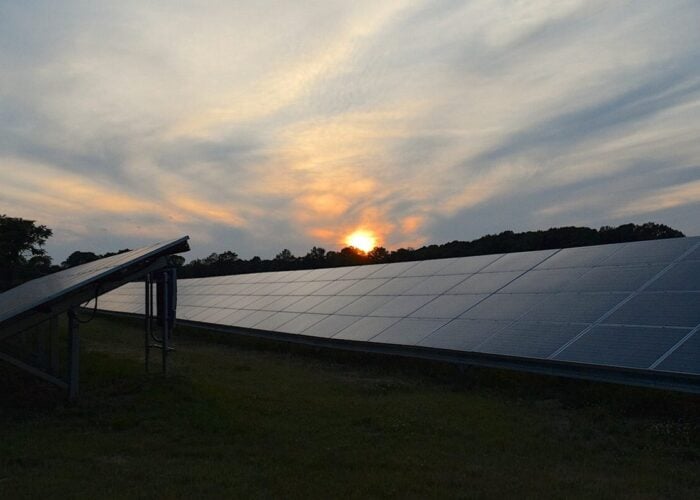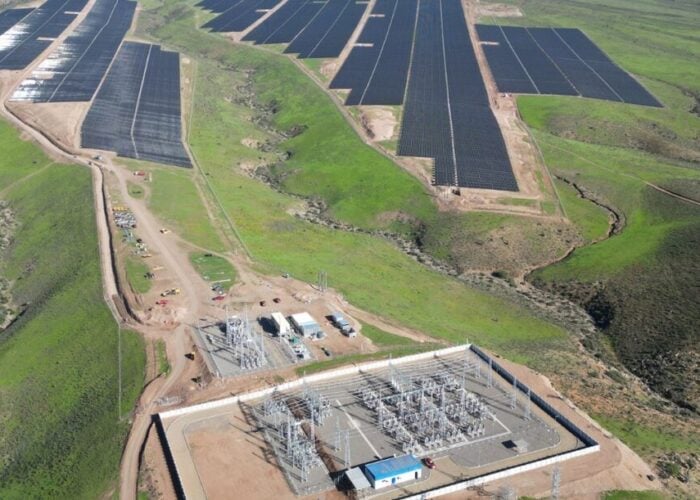Vitronic’s VINSPECsolar electroluminescence inspection system is designed to detect defects within solar cells that could influence electrical performance of the solar module. By using electroluminescence inspection, all defect areas are automatically detected, displayed and classified by relevant software before lamination, so that reworking can increase the module's efficiency. Archived electroluminescence images of the finished module also serve as proof of the delivered quality.
Problem
Try Premium for just $1
- Full premium access for the first month at only $1
- Converts to an annual rate after 30 days unless cancelled
- Cancel anytime during the trial period
Premium Benefits
- Expert industry analysis and interviews
- Digital access to PV Tech Power journal
- Exclusive event discounts
Or get the full Premium subscription right away
Or continue reading this article for free
In module production, cells, strings, matrices all the way to modules are subjected to mechanical and thermal stresses. Missing electrical connections or wrong wiring can also occur during soldering. In addition, the solar cells used could display quality deviations depending on where they were purchased.
Solution
The VINSPECsolar electroluminescence inspection system detects inactive areas, weak active cells, cracks effecting electrical performance, micro-cracks and grid line interruptions. The inspections can be conducted on the solar cell string and solar cell matrix before or after lamination as well as on the finished module. This makes it possible for the module manufacturer to intervene and implement improvements before lamination, thereby optimizing the module's performance. A classification of the modules, based on the electroluminescence inspection, takes place after lamination and the images are saved as proof of the quality.
Applications
Detecting inactive areas, weak active cells, cracks effecting electrical performance, micro-cracks and grid line interruptions.
Platform
The electroluminescence process involves stimulating the solar cell string or module with electricity. Special cameras require only about one second illumination time to capture the weak light emissions of the cell as an electroluminescent image. An automated image assessment, using specially-developed software methods (e.g. micro-crack detection) takes place in order to then displays the defect areas on a monitor. The image is displayed on monitors of e.g. 46'' in size and can also be made available to reworking stations. The frequency of the individual defect characteristics is recorded and evaluated using the integrated statistics function.
Availability
January 2012 onwards.






